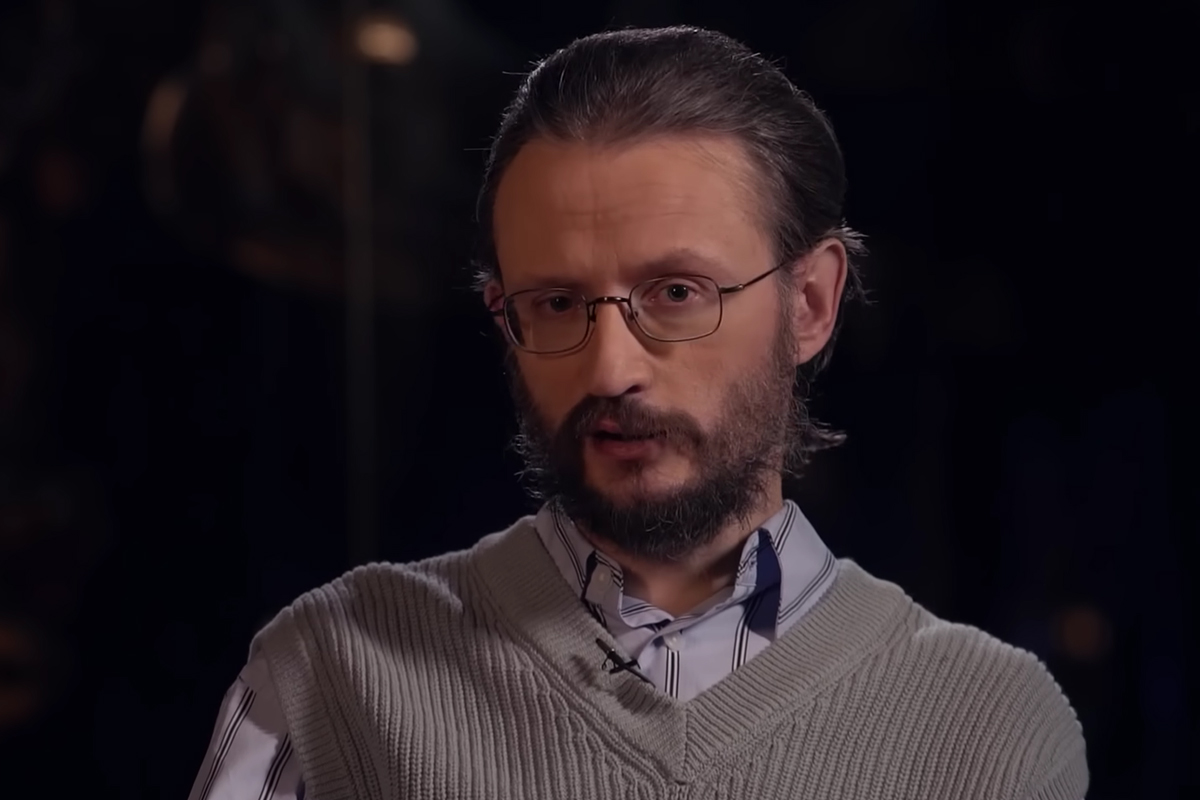Paleoanthropologist: more than 80% of collections in some South American museums are fake
Many people sincerely believe that anthropologists and palaeontologists have faked everything, but there are much more fakes in literature and art. Meanwhile, this is quite a widespread phenomenon in archaeology. A Russian paleoanthropologist, Candidate of Biological Sciences, Associate Professor Stanislav Drobyshevsky, has shed light on the issue.
The specialist gave an example of checking the materials of collections in Central and South America. It turned out that, in some museums, more than 80 percent of all collections are fakes made in modern times, and they have nothing to do with ancient Indians.
"Actually, it can be difficult to distinguish a fake. Take a clay port, for example. It is very problematic to understand when this clay was baked: two or two thousand years ago. Actually, this could be done, but the cost of the analysis may exceed the cost of the product. Accordingly, the total sum may reach tremendous figures if a there are thousands of articles of the kind that need to be studied. Naturally, no one will ever do this," the expert explained.
Mr. Drobyshevsky commented also on why there are so many fakes in South America, “These countries have not the best economies, and many locals just want to get some money if they have a chance. Therefore, they would rather destroy an ancient burial ground, break a bas-relief and sell it all in parts.”
Also, according to the expert, people often resort to creating various objects of so-called antiquity from scratch. This is no longer a fake, but a hoax. Ica stones are among the most popular ‘inventions’; they were discovered in a mysterious cave near the city of Ica in Peru.
"Local peasants went to the mountains, ‘accidentally’ bringing home stones with images of dinosaurs. People said they were ancient artefacts that had nothing to do with modernity, and then sold stones to gullible archaeologists. Of course, experts later realised that this was utter nonsense. However, the ‘campaign’ got industrial scales: stones were simply sold to tourists who came to that area," Mr. Drobyshevsky said.




